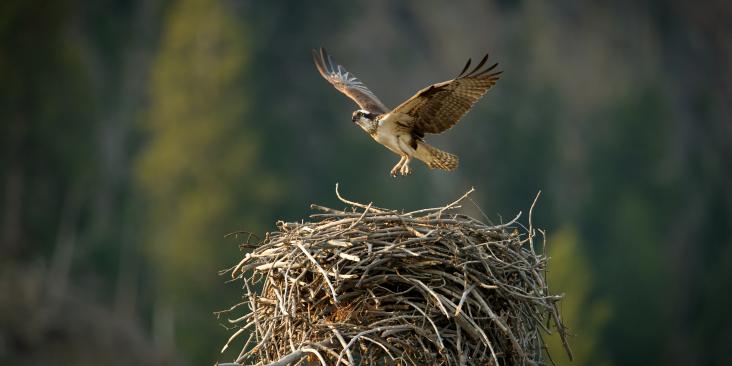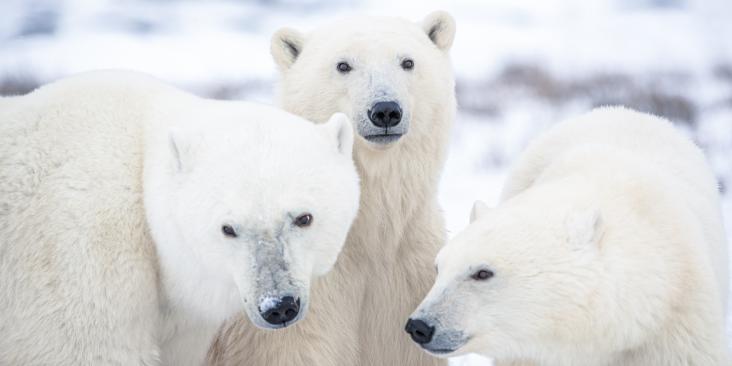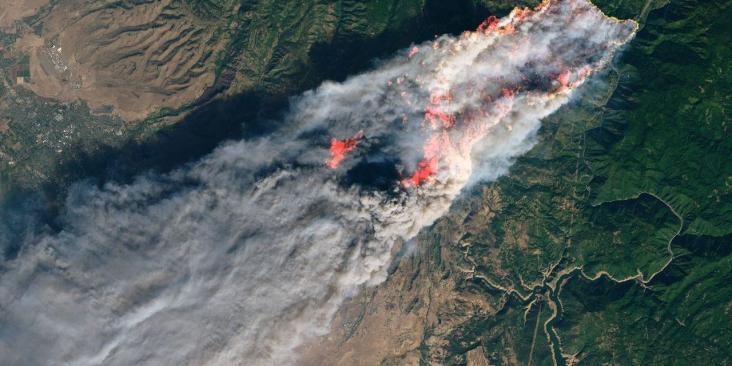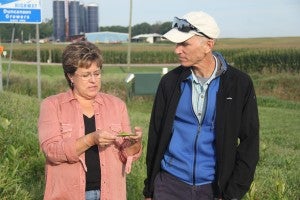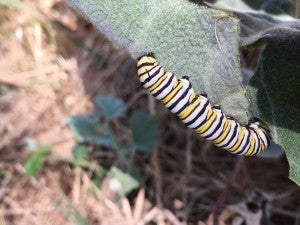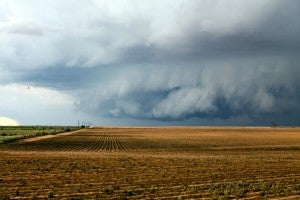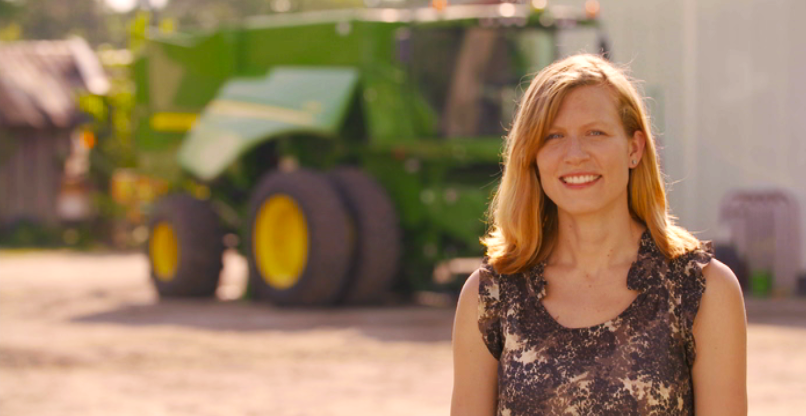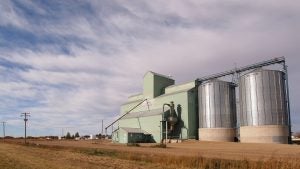
Grain elevator. Credit: Flickr user Wilson Hui
A new study out this week in the Proceedings of the National Academy of Sciences suggests that trying to make supply chains more sustainable is not for the faint of heart, especially when it comes to food – and corn in particular.
Companies are keenly aware that consumers care about where their ingredients come from and how they were grown, and that improving efficiencies along the supply chain can be good for business. But the raw ingredients at the end of those chains are typically produced by a vast network of farmers who bring their corn to regional grain elevators and then sell their crops to grain traders. This is just the start of a lengthy and complicated process that can be challenging for food companies to disentangle and understand, let alone influence to become more sustainable.
That’s why the new study, which focuses on a corn supply chain model developed by the University of Minnesota’s Northstar Initiative for Sustainable Enterprise (NiSE), can be an important tool for empowering food companies with information that can help them tackle the tough job of supply chain sustainability. Read More





